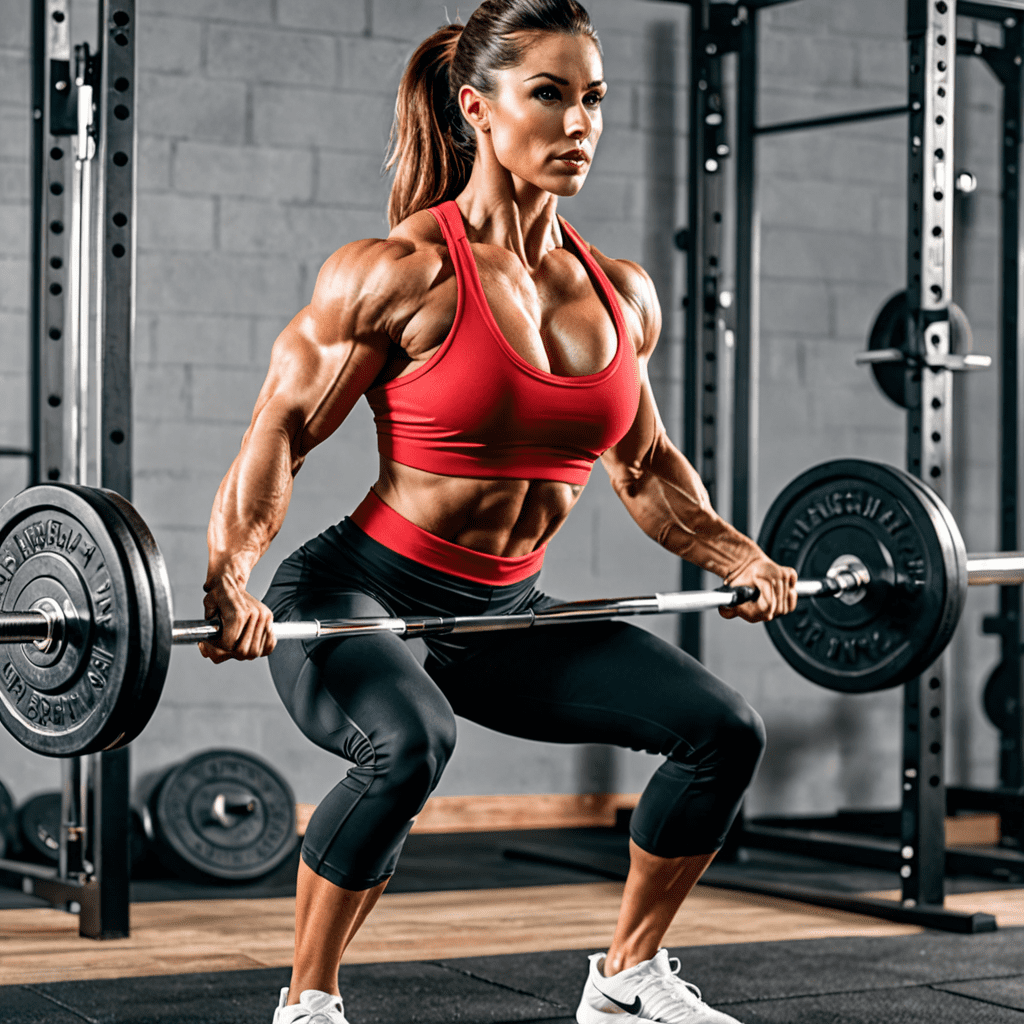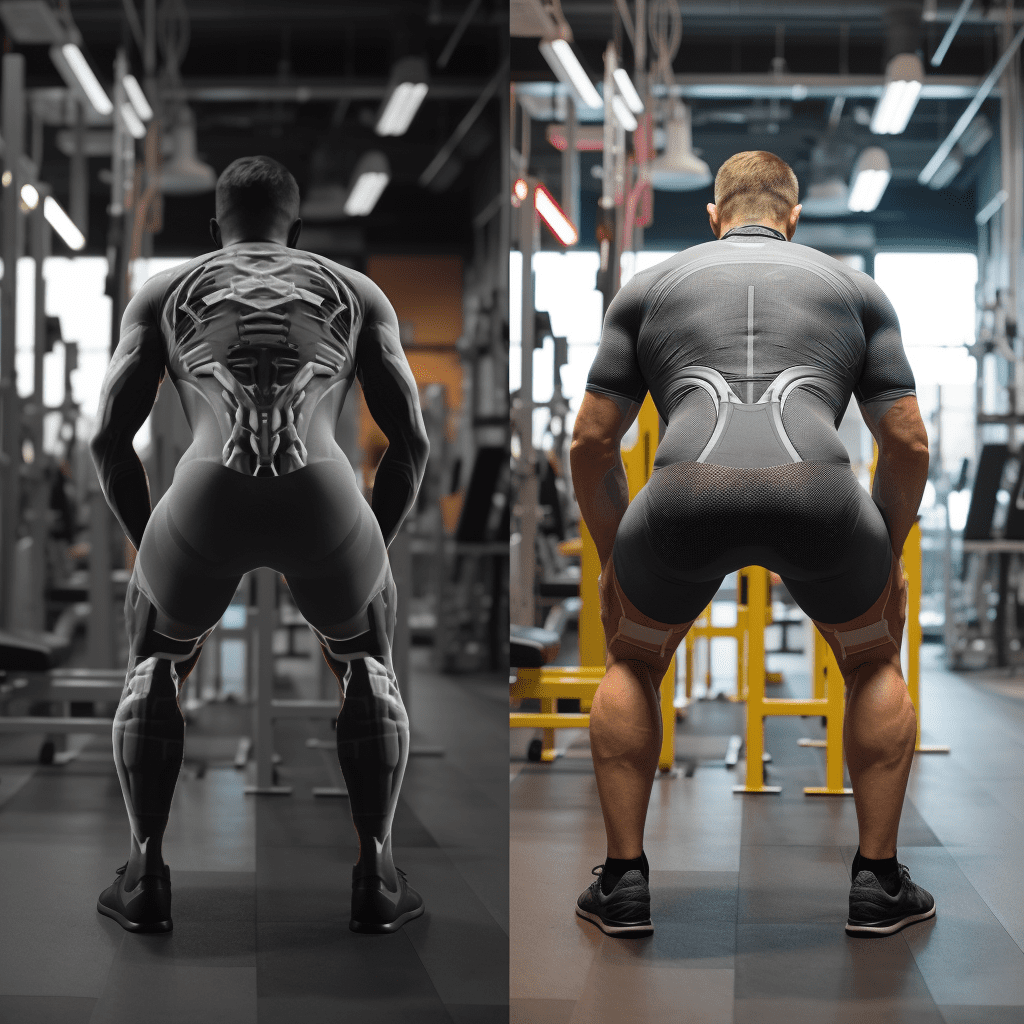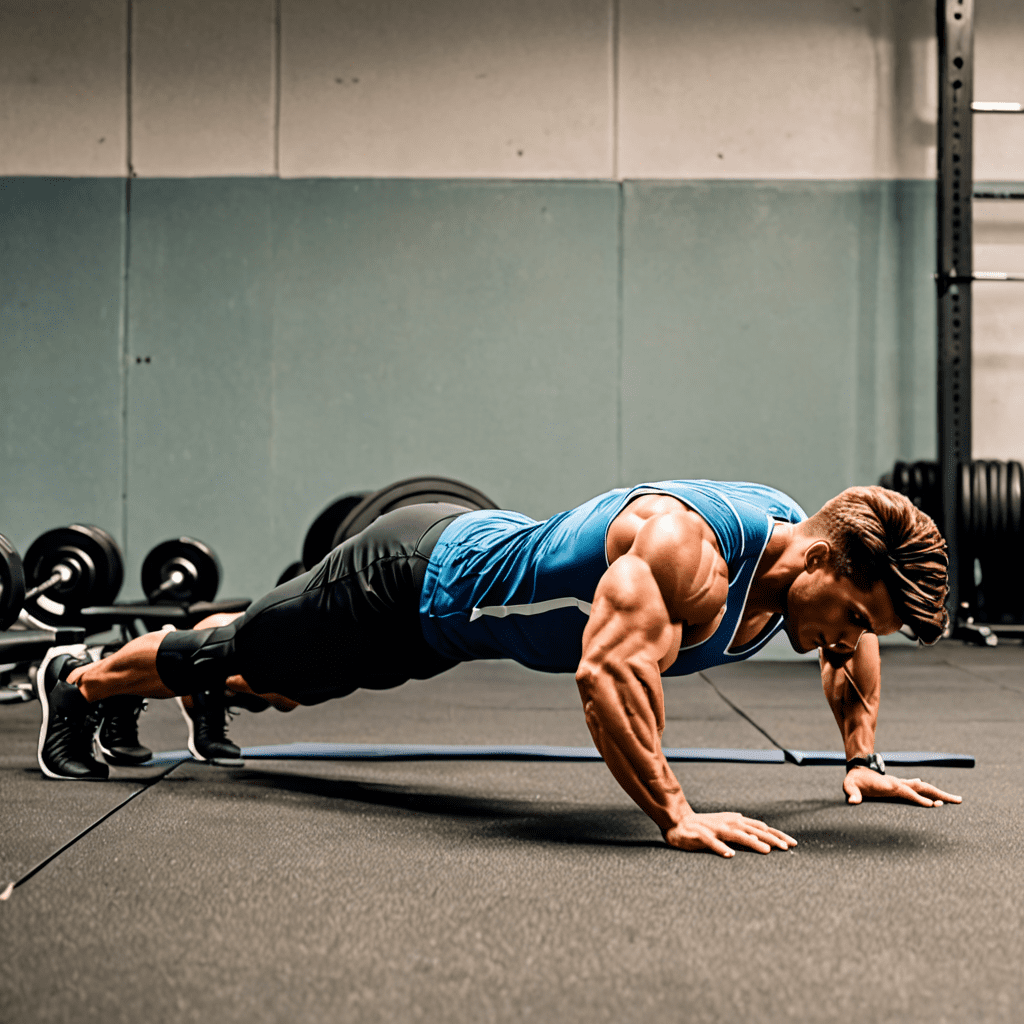Mastering the Art of the Asian Squat: A Comprehensive Guide for Fitness Enthusiasts
Learning how to squat like an Asian is not just about achieving a certain posture; it is about embracing the cultural practice and reaping the benefits it can offer to your overall health and well-being. In this comprehensive guide, we will explore the technique, benefits, and cultural significance of the Asian squat. Whether you’re a fitness enthusiast or simply curious about this traditional practice, this guide will provide you with valuable insights to help you master the art of the Asian squat.
Understanding the Asian Squat
The Asian squat, also known as the “third world squat,” refers to the posture where an individual squats down with their feet flat on the ground and their buttocks close to or touching their heels. This posture is commonly observed in many Asian cultures, where it is a natural and comfortable way of sitting, resting, or performing various tasks.
Technique and Form
Mastering the proper technique and form is essential for performing the Asian squat effectively. Here are the key steps to achieving the correct posture:
- Stand with your feet shoulder-width apart.
- Lower your body by bending your knees and hips, keeping your back straight.
- Lower yourself until your buttocks are close to or touching your heels.
- Keep your weight balanced on the balls of your feet, with your heels flat on the ground.
- Maintain an upright torso and avoid leaning too far forward.
- Breathe deeply and hold the position comfortably.
Benefits of the Asian Squat
Embracing the Asian squat can offer a range of physical and health benefits, including:
- Improved hip and ankle mobility
- Enhanced flexibility in the lower body
- Strengthening of the quadriceps, hamstrings, and calves
- Better digestion and bowel movements
- Reduced lower back and hip discomfort
- Improved posture and balance
Cultural Significance
In many Asian cultures, the ability to comfortably maintain the squatting posture is ingrained from a young age and is deeply intertwined with daily life. Whether it’s engaging in informal conversations, waiting for public transport, or performing traditional tasks, the Asian squat is a common sight and an integral part of cultural identity.
Tips for Practicing and Incorporating the Asian Squat
If you’re intrigued by the Asian squat and want to incorporate it into your daily routine, consider the following tips:
- Start gradually and focus on building flexibility and mobility in your lower body.
- Incorporate the squat into your daily activities, such as while watching TV or working at a standing desk.
- Use props, such as blocks or a sturdy chair, for support and balance as you work on achieving the full squat posture.
- Be patient and consistent in your practice, allowing your body to adapt and progress over time.
- Listen to your body and avoid forcing yourself into the position if you experience discomfort or pain.
FAQ
Q: Can anyone learn to perform the Asian squat?
A: Yes, with patience, practice, and a focus on improving flexibility and mobility, most individuals can gradually work towards achieving the Asian squat posture.
Q: Is the Asian squat suitable for people with existing knee or hip issues?
A: It’s important for individuals with pre-existing knee or hip conditions to consult with a healthcare professional before attempting the Asian squat. Modifications and alternative exercises may be necessary to accommodate specific limitations or discomfort.
Q: How long does it take to master the Asian squat?
A: The time to master the Asian squat varies for each individual, depending on factors such as current flexibility, mobility, and consistent practice. It’s essential to focus on gradual progress rather than a specific timeline.
By following the guidance and tips provided in this comprehensive guide, you can embark on a journey to master the art of the Asian squat and enjoy the physical, cultural, and health-related benefits it has to offer. Whether it becomes a regular part of your fitness routine or simply a newfound appreciation for a traditional practice, the Asian squat is a valuable addition to your holistic well-being.


